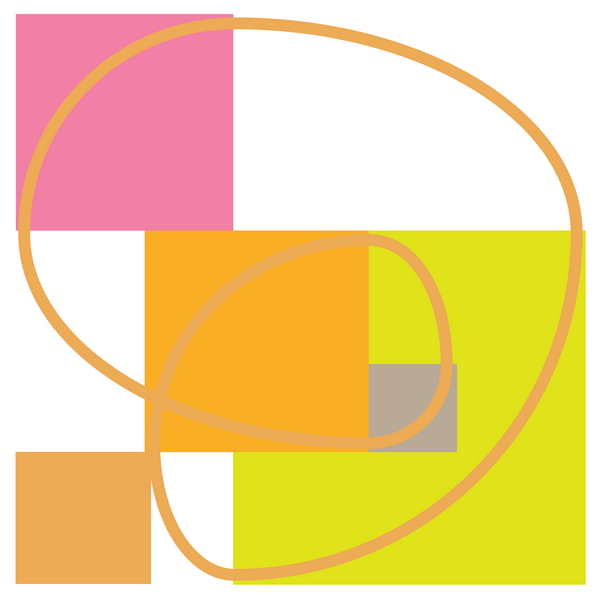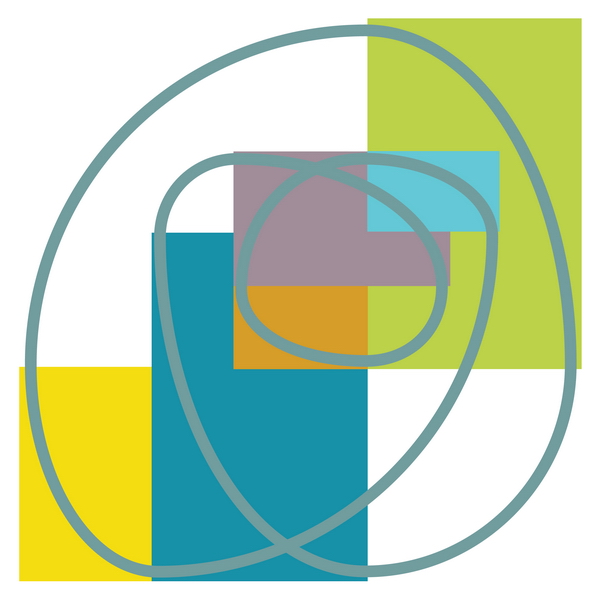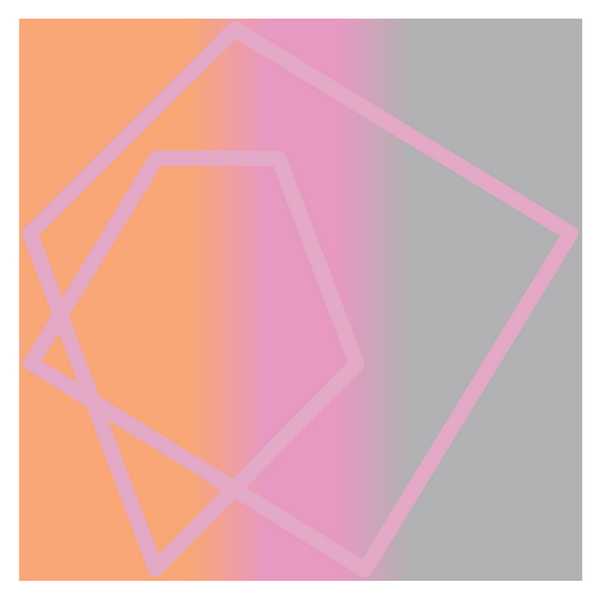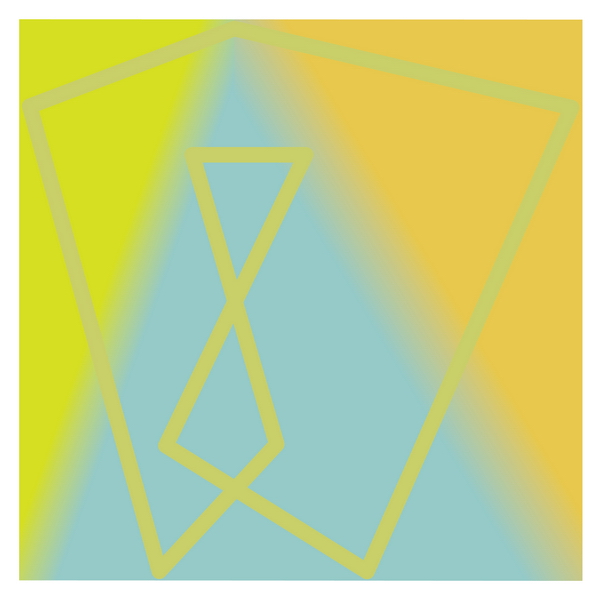James Mai
Associate Professor of Art, Illinois State University
"My work follows two primary directions: color-relativity functions and geometric composition. The color relativity work examines the structures of simultaneous color contrast illusions (also known as color interaction), whereby a constituent color appears to change its identity in different color contexts. Although this is a purely subjective perceptual experience (that is, the constituent color is measurably the same in all contexts), the principles by which the illusions function are objectively definable, and therefore manipulable by the artist. The geometric order of much of my work is built upon golden section relationships. Usually I work within a square format and divide that square by phi. Golden section divisions of the square permit me to compose my abstract paintings with similar shape relationships operating at different scales, proportions, and symmetries. Geometry in general, and golden section geometry in particular, is to my visual work what rhythm is to music or meter is to poetry."
“Circuitous (Orange) ”
2006, digital print, 16" x 16"
This composition is color-interactive in that the linear form throughout the composition is a single, continuous color, yet it appears to change--lighter and darker; brighter and duller; warmer and cooler--depending upon the color-field behind/around it. Each closed loop is constructed from combinations of quarter-circles (on square ground areas) or quarter-ellipses (on golden-rectangle areas). In "Circuitous (Orange)" only the square ground areas are colored.
“ Circuitous (Blue) ”
2006, digital print, 16" x 16" (image area) 
This composition is color-interactive in that the linear form throughout the composition is a single, continuous color, yet it appears to change--lighter and darker; brighter and duller; warmer and cooler--depending upon the color-field behind/around it. Each closed loop is constructed from combinations of quarter-circles (on square ground areas) or quarter-ellipses (on golden-rectangle areas). In "Circuitous (Blue)" only the golden rectangles are colored.
“ Mirrored (Red-Violet) ”
2006, digital print, 16" x 16" (image area) 
This "Mirrored" composition involves color interactions, whereby line colors appear to change as they cross into different ground colors. The composition also involves closed linear circuits, though in straight rather than curved forms. The linear forms possess a reflective symmetry, but with proportional distortion; the vertical axis may be found at the apex of each form. There is a precise left-to-right correspondence found in the vertical positions of the vertexes, but the proportion of the left half of each linear form is horizontally "squeezed" by a proportion related to the golden section.
“Mirrored (Yellow-Green) ”
2006, digital print, 16" x 16" (image area) 
This "Mirrored" composition involves color interactions, whereby line colors appear to change as they cross into different ground colors. The composition also involves closed linear circuits, though in straight rather than curved forms. The linear forms possess a reflective symmetry, but with proportional distortion; the vertical axis may be found at the apex of each form. There is a precise left-to-right correspondence found in the vertical positions of the vertexes, but the proportion of the left half of each linear form is horizontally "squeezed" by a proportion related to the golden section.